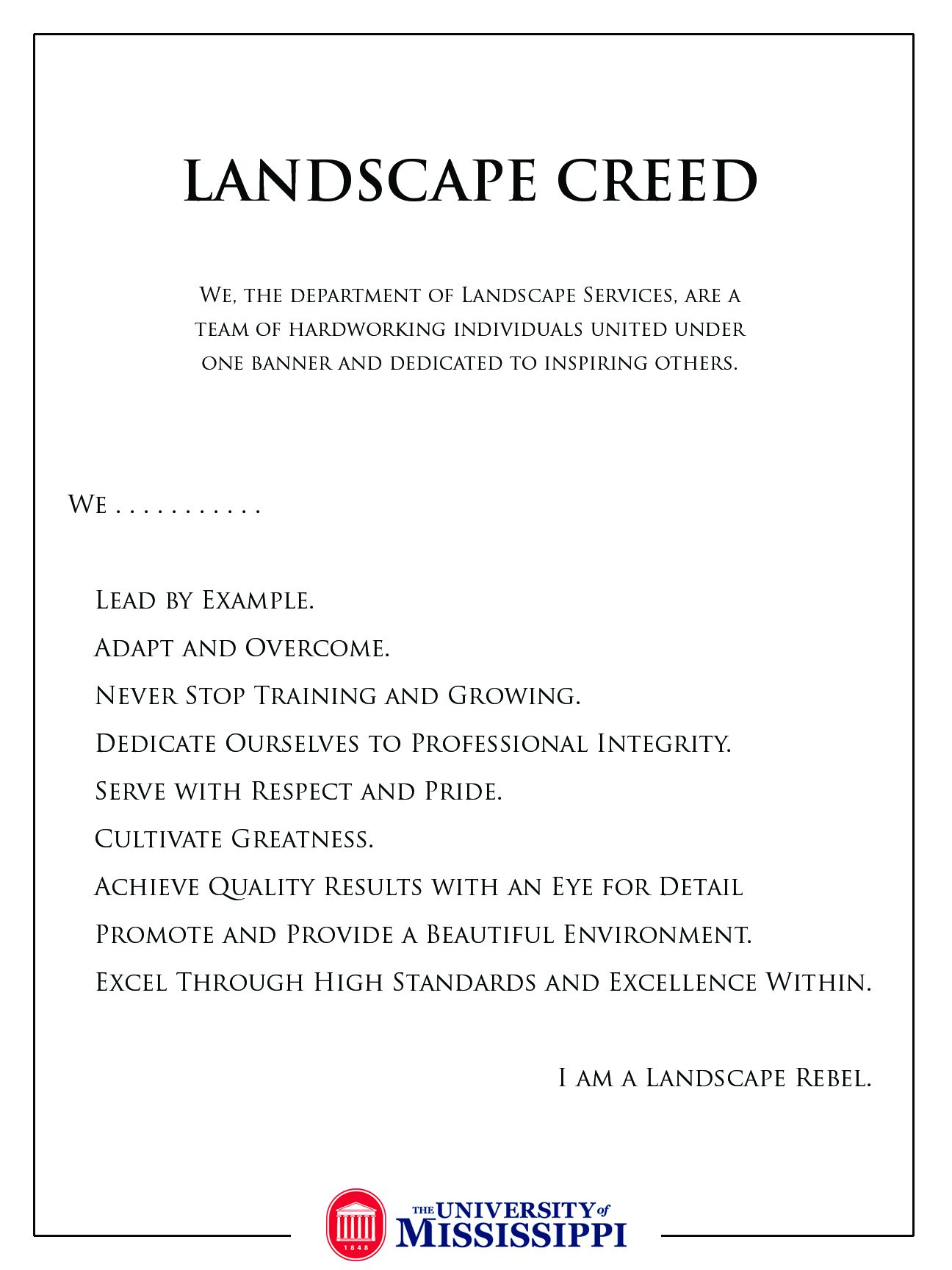Pampas Grass
Pampas grass, Cortaderia selloana, is a large perennial grass native to Brazil, Argentina and Chile. Mature plants can reach 10 feet tall and 6 feet wide. In late summer, silvery-white plumes rise several feet above the foliage and make a bold, dramatic statement in the landscape. Today there are many pampas grass cultivars in the nursery trade. Some have pinkish-white plumes, while others have silvery-white plumes, variegated foliage or a dwarf growth habit. Pampas grass grows and flowers best in full sun, or at least a half day of direct sunlight. Once established, it is low-maintenance, drought tolerant, deer tolerant and has few pest problems. It also tolerates salt spray, making it an ideal plant for coastal landscapes. Common pampas grass is hardy in zone 8 (Coastal Plain), and is marginally hardy in zones 6 and 7 (Piedmont region). Prune pampas grass annually to remove the previous year’s foliage and make way for new growth. Pruning is best done in late winter, prior to the new growing season. Use hedge shears, lopping shears or power pruners to cut the plant back close to ground level. Be sure to wear a long-sleeve shirt and gloves when pruning to protect yourself from the sharp leaf blades. After pruning, apply a light, broadcast application of a complete fertilizer, like 8-8-8 or 10-10-10, to help stimulate new growth. |
|

